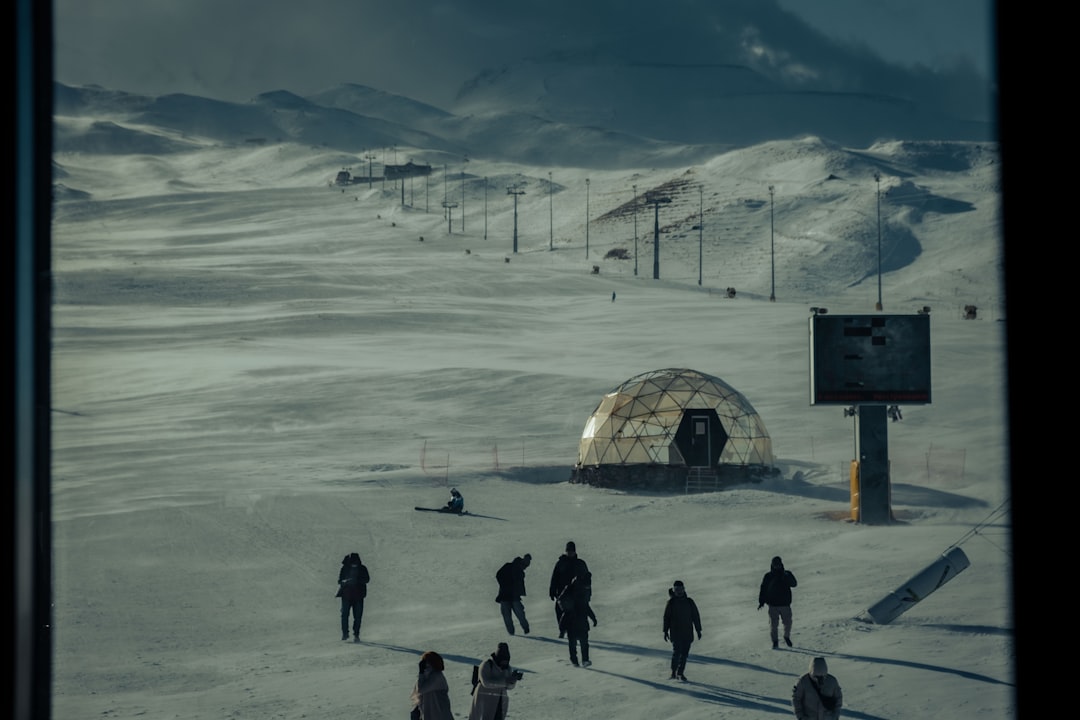Reviving the Apocalypse: How “Later” Films Shape Pop Culture, Science, and Our Collective Fears
From George A. Romero’s iconic “Night of the Living Dead” to the pulse-pounding intensity of the “28 Days Later” and “28 Weeks Later” films, the global fascination with infectious outbreaks, apocalyptic survival, and moral ambiguity has been unwavering. Behind every nail-biting scene and every controversial ending is a convergence of creative vision, societal anxieties, and scientific speculation. But what is it about these stories, the people who create them, and the themes they explore that keep us so hooked?
The Mind Behind the Madness: Filmmakers and World-Builders
Filmmakers like Danny Boyle and Alex Garland, who brought “28 Days Later” to life, represent the evolution of horror and science fiction cinema in the 21st century. Boyle’s innovative direction revolutionized the zombie sub-genre, moving away from the shuffling undead to the terrifyingly fast, rage-infected antagonists—reflecting a world where crises now move at viral speed.
Screenwriters and directors in this genre often draw from contemporary scientific debates and societal fears—be it about viral pandemics, government incompetence, or the fragility of civilization itself. Their work both reflects our worst nightmares and provides a cathartic space to reckon with them.
Shadows of Our Fears: Setting and Atmosphere
The decayed streets of London in “28 Days Later” introduced a chilling realism rarely seen in apocalyptic movies. Filmed at dawn to capture deserted urban landscapes, these locations brought an unnerving plausibility to the film’s vision of collapse. Shooting in real locations, sometimes with guerrilla filmmaking tactics, the creative teams behind these movies remind viewers of the fragility of our own cities and routines.
These bleak backdrops have become cultural touchstones, inspiring everything from Halloween costumes to survivalist thought experiments and influencing how cities are depicted in the wake of disaster—both on-screen and in the public imagination.
Viral Science and Public Fascination
The depiction of pandemics in “Later” films eerily presaged—or at least paralleled—the public’s real-world experiences with outbreaks such as SARS, Ebola, and, later, COVID-19. The rage virus, as a plot device, is only a step removed from genuine public health nightmares; it encapsulates the public’s anxieties about biotechnological advances, zoonotic “spillover,” and the unpredictable speed of modern contagion.
Interestingly, scientific advisors are often brought in to consult on such films, ensuring that the depiction, though fantastic, remains credible enough to haunt the audience long after the credits roll. This blending of fiction and plausibility can provoke greater interest in virology, epidemiology, and crisis preparation in the real world.
The “Controversial Surprise Ending” Phenomenon
Controversial endings—those that defy expectations or leave audiences with more questions than answers—have become a calling card of modern apocalyptic storytelling. Rather than tying everything up neatly, these finales prompt discussion, debate, and sometimes outrage. Why do we crave such ambiguity? Psychologists suggest that unresolved endings reflect our own uncertainties about the future, mirroring anxieties about everything from climate change to technological disruption.
Fans dissect these narratives on social platforms and fan forums, turning individual movies into ongoing cultural events. The open-endedness fuels further sequels or spin-offs, echoing the viral nature of the stories themselves.
Broader Trends: The Infection of Pop Culture
The success and lingering impact of “28 Days Later” and its successors have sparked a wave of pandemic and post-apocalyptic media, from television series like “The Walking Dead” to video games such as “The Last of Us.” Each iteration explores what humanity becomes when structures crumble—raising questions of morality, community, and survival.
Moreover, these films update traditional horror by rooting their scares in plausible science, urban anxieties, and moral gray zones, ensuring their relevance generation after generation.
This article was inspired by the headline:
’28 Years Later’ Filmmakers Break Down That Controversial Surprise Ending - Gizmodo.

Comments
No comments yet. Be the first to comment!